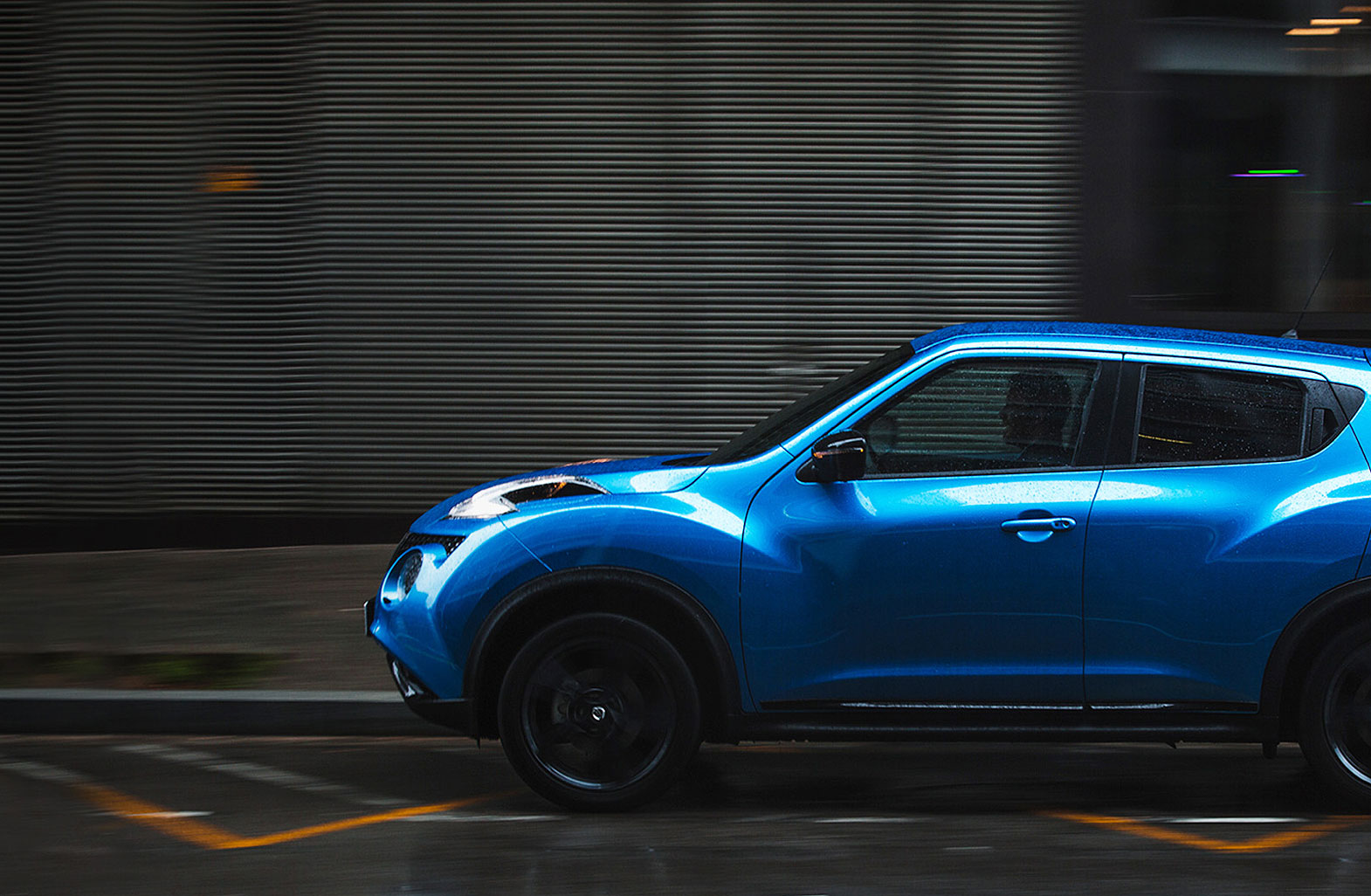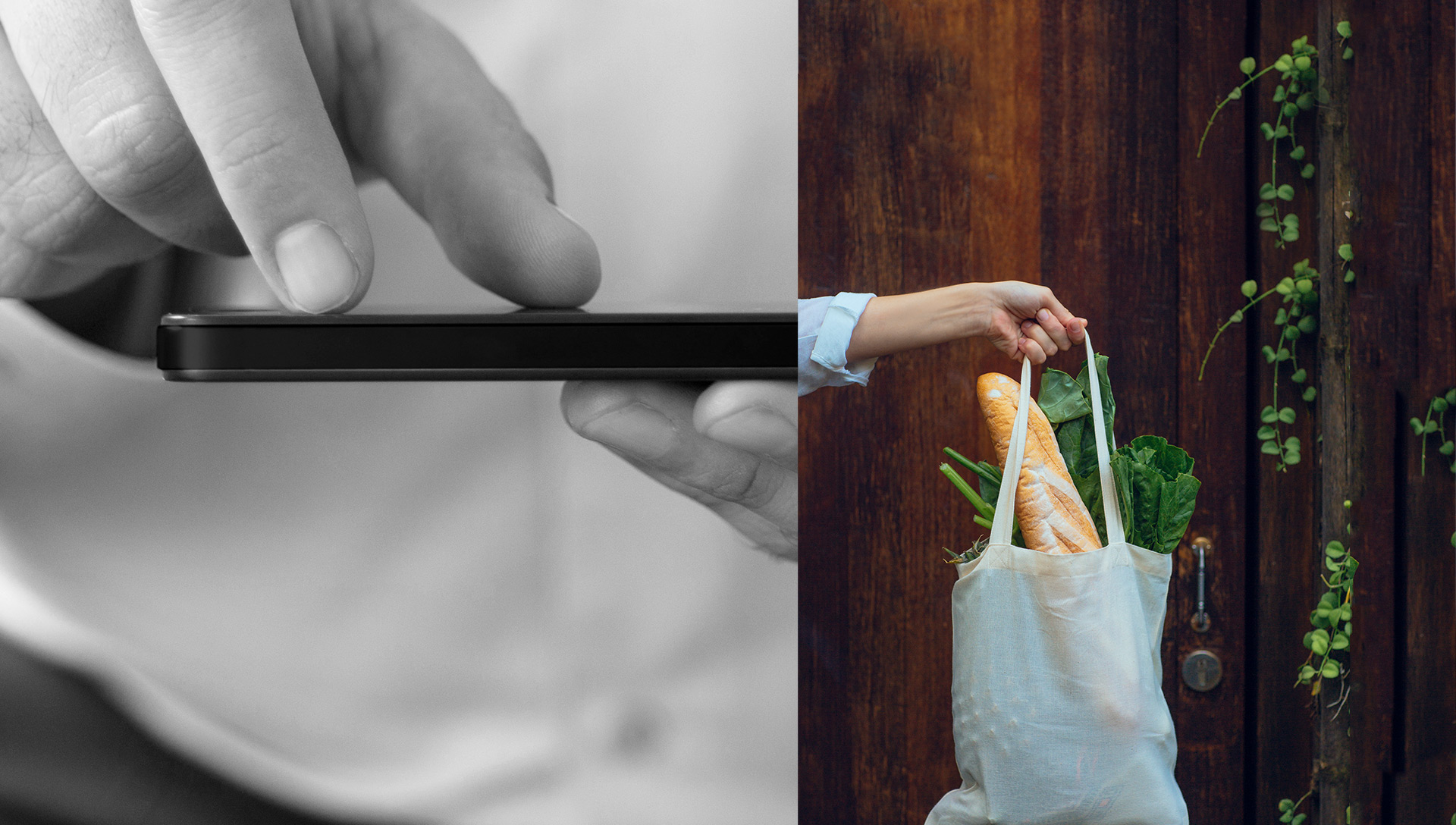Within five years of opening his first Walmart store in Rogers, Arkansas, Sam Walton’s business empire had grown to include 24 retail locations, generating $12.7 million in sales.¹ His staggering expansion was thanks, in part, to a revolutionary retail strategy that prioritized one of people’s most precious commodities: time.
When Walton chose locations for his stores, he did so by identifying “food deserts,” those areas in the United States underserved by grocery retailers. His company appealed to rural shoppers not just by providing low prices but also by drastically reducing the time it took for them to run weekly errands. A trip that once took half a day could be completed in just 90 minutes. And as the company began to sell home electronics, housewares, and clothing—in addition to household staples like groceries and health products—Walmart became a one-stop-shop that served all the customers’ needs.
In many ways, Amazon is modernizing this concept. They offer a vast selection of products to people all over the world, differentiating once again on convenience and access. With Amazon Prime growing at a rapid rate in rural America, and with their recent acquisition of grocery chain Whole Foods for $13.7 billion, the company hopes to deepen their presence in consumers’ lives and claim an even larger slice of the retail pie.²
With e-commerce delivery times now butting up against the one-hour mark, at what point will it take less time for a customer to complete a transaction with an e-retailer like Amazon and have a product delivered than to purchase the product from a brick and mortar store? When we reach that point, just how many will continue to visit stores in the first place? More importantly, how will the waning importance of the physical store shelf change the way consumer products brands market, package, and brand their products?









